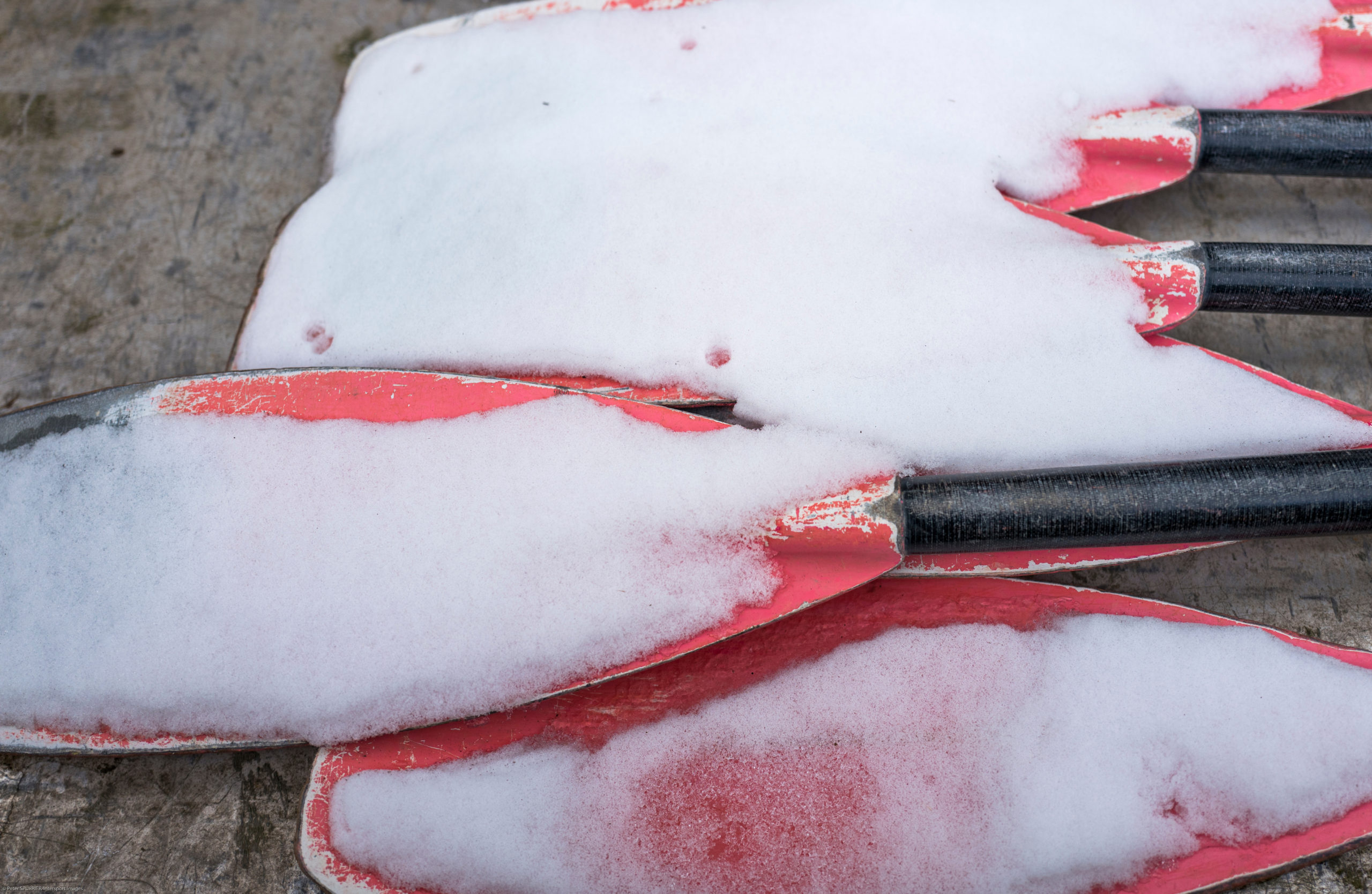BY LUKE REYNOLDS
PHOTO BY PETER SPURRIER
To continue reading…
This article is exclusively for Rowing News subscribers. For as little as $5 a month, you can get access to the best quality, independent reporting on all the issues that matter to the North American rowing community.
Already a subscriber? Login
There’s been a photo circulating among rowers on Instagram and other social media of an Empacher four cutting through a frozen lake.
At first glance, the photo is gorgeous. Four capable rowers flanked by ice with a clear line of water from where they’d been. The symmetry is striking.
Considered further, however, every rower should wonder: Why were these athletes on a frozen lake?
Let’s give them the benefit of the doubt and assume they were there only for a few minutes just for a photo and had done everything possible to make sure that if something went wrong, they’d be safe. And let’s disregard the damage from using a shell as an icebreaker.
Still, the message remains the same: Don’t do what they did!
Cold water is one of the greatest dangers rowers face, and Rowing News has dedicated numerous columns to the subject over the years, including, just recently, “Cold-Water Wisdom (Or, Don’t Be Foolish).”
The headline is apt. According to the Centers for Disease Control, hypothermia can occur when the water temperature reaches 70 degrees. At the time I write this in late October, the Connecticut River, only a few miles from our office, stands at around 55 degrees.
This is not to say that rowers should not train when the water temperature falls below 70 degrees—that would be nearly impossible. Rather, rowers should take extra precautions when the weather turns and temperatures drop. Some recommendations from Rowing News safety columnist Margot Zalkind:
- Row with a launch. It can pull you out of the water, get you back to the boathouse fast, even fetch your boat. Throwing you a PFD can take time. If you row during the winter months, wear an inflatable life jacket.
- If you row without a launch, row with a buddy, who can help you get back into your boat, give you a dry shirt, and help if you become disoriented because of hypothermia.
- Carry a cell phone in a waterproof container. Call for help before you become so cold that you can’t. If you’re going to call for help, make sure you know where you are, which means identifying specific locations onshore to help rescuers find you. Telling 911 that “you are at the 1,500-meter mark” is not helpful, but knowing a street name or number, a building, or major landmark is.
- If your cell phone is not operable on the water (and even if it is), carry a sound-making device–a whistle, horn, something loud enough so someone onshore notices. A whistle in the middle of a large river is not enough.
- A logbook is helpful, but only if someone is checking it. If you are the last/only person on the water, it may be hours or even days before someone checks the book. Don’t rely on it unless you know that someone will come looking for you if you don’t sign back in.
It’s axiomatic that rowers will train through tough conditions—a charming part of our sport—but don’t risk your life just to get in a few extra meters.

